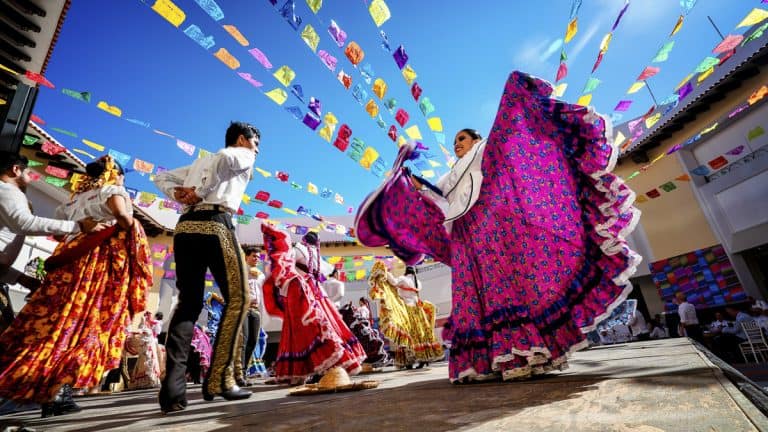Last updated May 8, 2023
Since you are looking for some fun facts about Panama, you’ve come to the right place. Panama is a small Central American country located between the Caribbean Sea and the North Pacific Ocean and between the countries of Costa Rica and Columbia. It is the connection between North and South America, and fun fact, it was the very first Latin American country to claim the U.S. dollar as its official currency!
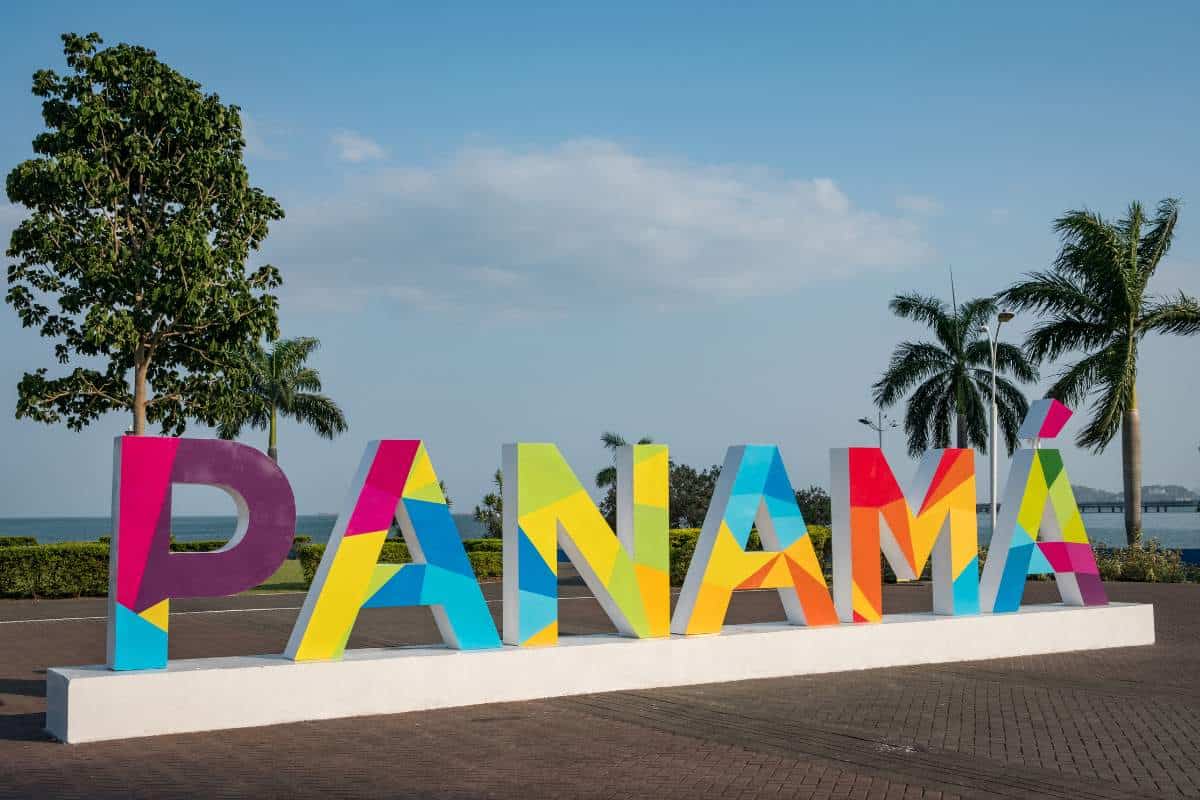
So buckle up, you’re about to learn some fun facts about how Panama was the first country for sales of Coca-Cola, the real truth about the Panama hat, and how the country seems to avoid hurricanes and tropical storms. The small country of Panama has so much to offer, from its rich history to stunning landscapes.
Here are some fun facts about Panama that will surprise and intrigue you!
Think you’re an expert already? Then get ready to test your knowledge with our challenging fun facts about Panama quiz that is now live! Or study up by reading on to learn some fun and interesting facts.
Fast Fun Facts About Panama
~ Panama is located in Central America and is bordered by Costa Rica and Colombia.
~ As of 2021, the population of Panama is 4.351 million people.
~ Panama’s official language is Spanish, but many indigenous languages are spoken in the country, including Ngäbere, Kuna, and Embera.
~ Panama City is Panama’s capital and the country’s largest city.
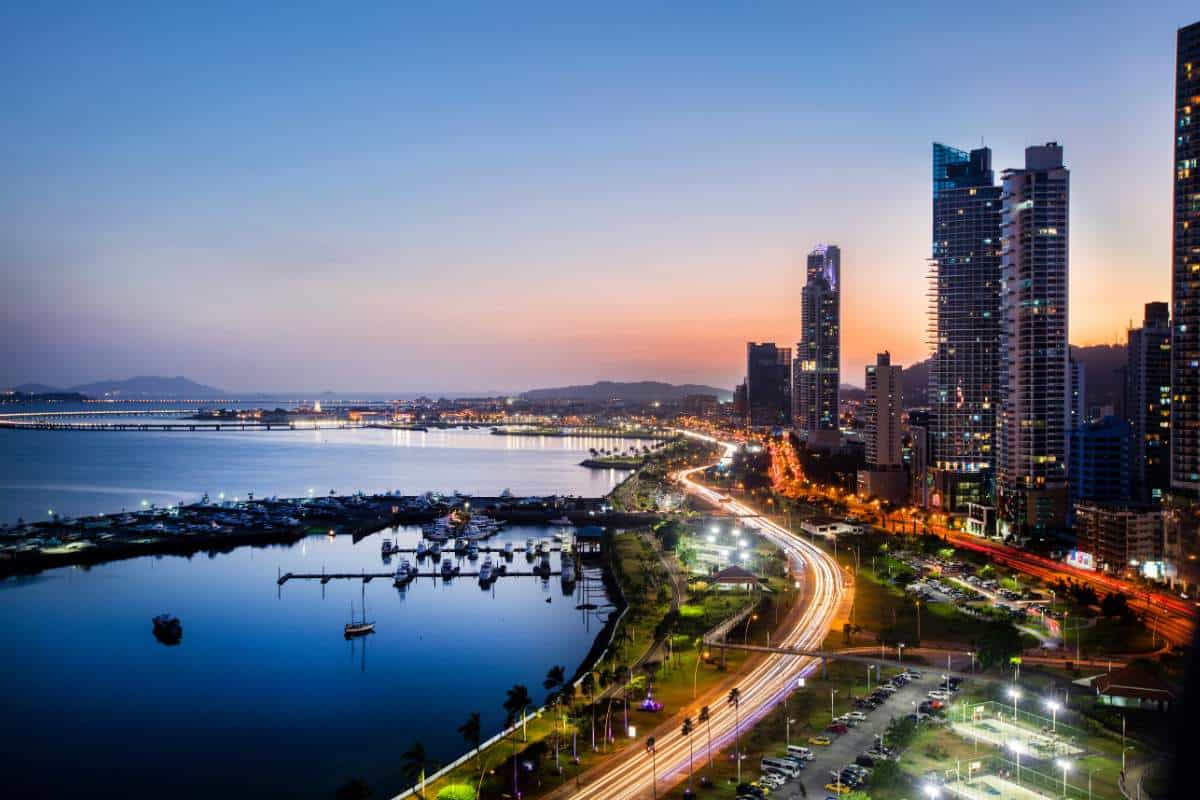
~ The currency of Panama is the Balboa.
~ Several famous people to come out of Panama are:
- John McCain
- Mariano Rivera
- Rubén Blades
- Edward Murphy Jr.
- Roberto Durán
- Billy Cobham
- Carlos Fuentes
~ Panama is the only country in the world with a canal connecting the Atlantic and Pacific Oceans.
~ Panama is known for its tropical rainforest, exotic wildlife, and stunning beaches.
~ The Panamanian economy is based mainly on tourism, agriculture, and banking.
Other Fun Facts About Panama
The Panama Flag
The national flag of Panama is divided equally into four quarters. Of the 4 quadrants, two opposing are solid colors of red and blue, and the other two are red or blue stars centered on a white background. If you are interested in learning more about flags in this corner of the world, read our Flags of South America blog post!
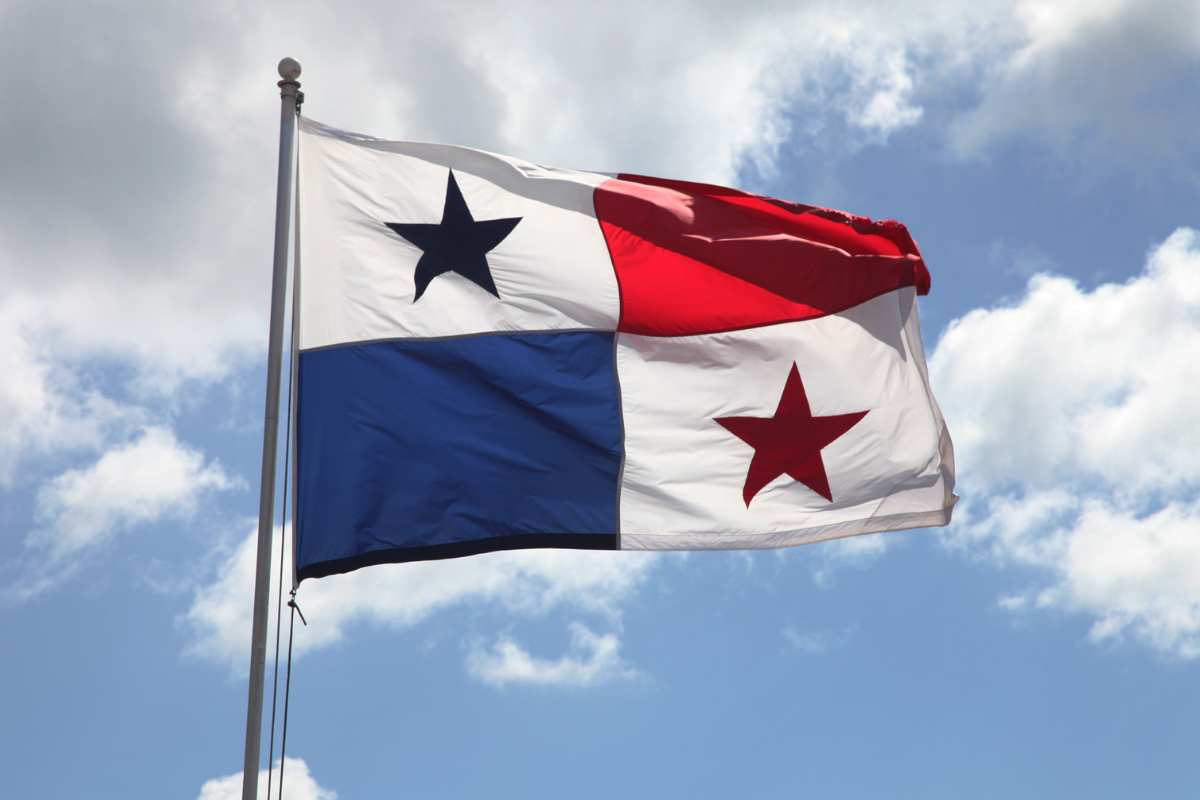
Currency
Panama’s official currency is the Panamanian balboa (PAB) which is at par with the U.S. dollar (USD) at a 1:1 ratio. Balboas are issued only as coins and come in 1, 5, 10, 25, and 50-cent pieces. Panama does not print its own paper currency and instead uses the US dollar as legal tender. Fun fact: Panama was the first Latin American country to adopt the U.S. dollar as its official currency.
Spanish Rule
Panama was originally inhabited by an indigenous population, but after Spanish explorers landed in Central America, Vasco Nunez de Balboa ‘claimed’ Panama for Spain in 1513. Panama remained a colony of the Spanish Empire for almost 300 years.
Panama – No Affiliation With Van Halen
Despite the popular rock band naming one of their most famous songs after Panama, they have no affiliation with the country or the city. Panama City is the capital city of Panama and the largest city in the country. Panama City is one of the most modern cities in Central America, with a population of more than 1 million. The city is renowned for its vibrant culture, diverse cuisine, and famous skyline featuring modern skyscrapers. It is home to some of the tallest skyscrapers in Latin America, including the JW Marriott Panama, and contains Panama’s most iconic landmarks, such as the Panama Canal, the Bridge of the Americas, and the Cinta Costera, a waterfront promenade.
A Rainforest in Panama City
Metropolitan Natural Park is a veritable rainforest in Panama City! This makes Panama City the only capital city in the world with a tropical rainforest within its city limits. The 230-hectare park is home to great biodiversity, including 280+ species of native plants (some trees can even reach heights of 115 feet!), 280+ species of birds, and over 100 types of snakes, amphibians, and mammals, such as monkeys, anteaters, sloths, iguanas, and turtles.
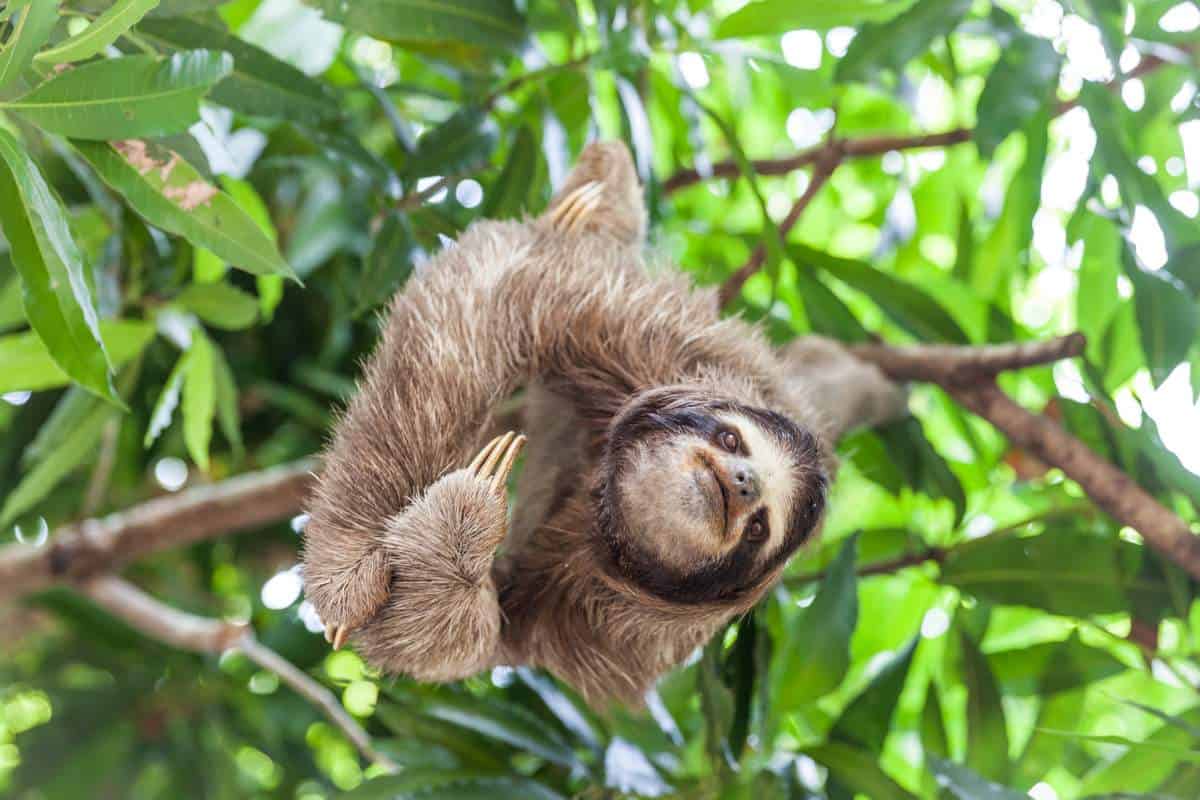
Panama Contains The Narrowest Part In The Americas
At its narrowest point, Panama is only 30 miles wide! This narrow section runs between the mouths of the Nergalá (Necategua) River and the Chepo River.
National Bird of Panama
The national bird of Panama is the Harpy Eagle. It’s considered the largest and most powerful bird of prey in the Americas. It’s found mainly in the rainforests of Panama and its wingspan can be up to 7 feet wide.
Diverse Wildlife in Panama
Panama is home to some of the most diverse wildlife in the world, with over 1,500 species of birds, 500 species of mammals, 400 species of reptiles, and 800 species of amphibians. The Panamanian golden frog is the national animal of Panama, and even though they produce a nerve toxin that seriously incapacitates a predator when attacked, these frogs are considered good luck!
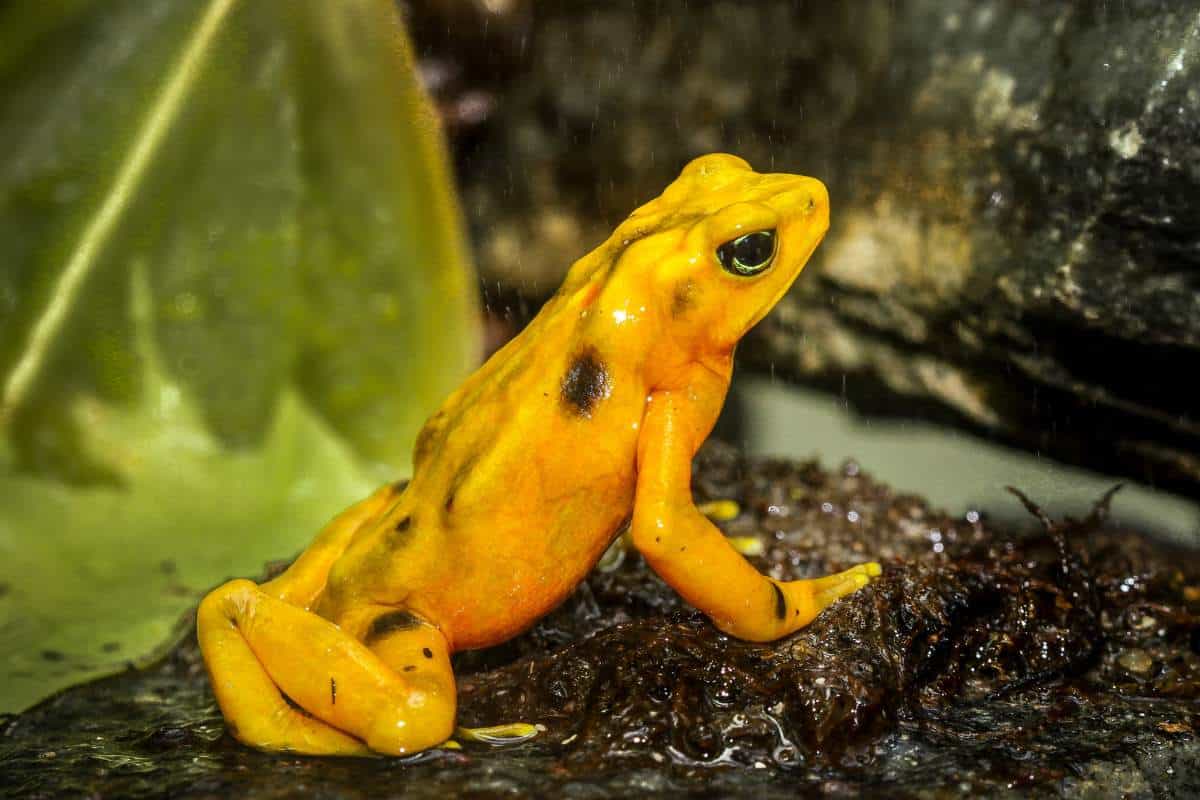
Isthmus – An Important Connection
An isthmus is a narrow strip of land connecting two larger land masses. It typically has water on both sides and serves as a bridge between two seas or oceans. The most famous example of an isthmus is the Isthmus of Panama, which connects North and South America. Many countries have built canals across isthmuses to make travel between the two sides easier. The Panama Canal is an example of this, linking the Atlantic and Pacific Oceans.
That’s Murphy’s Law
The creator of “Murphy’s Law,” the statement that “anything that can go wrong will go wrong,” was born in Panama. Edward Murphy Jr. was born in the Panama Canal Zone in 1918, making him a U.S. citizen.
There Is Nothing ‘Blah’ About San Blas Islands
The San Blas Islands are an archipelago located off the Caribbean coast of Panama. The islands are known for their idyllic, white-sand beaches, crystal clear waters, and secluded coves. There are over 370 islands in the archipelago which are scattered around in an area of roughly 100 square miles, meaning that you could theoretically visit a different island every day of the year! Most of the islands have no inhabitants, but on the few larger ones, you can find the native people known as the Kuna. San Blas is a territory of Panama formally called Kuna Yala, with reference to the native inhabitants. It translates directly to “Land of the Kuna.”
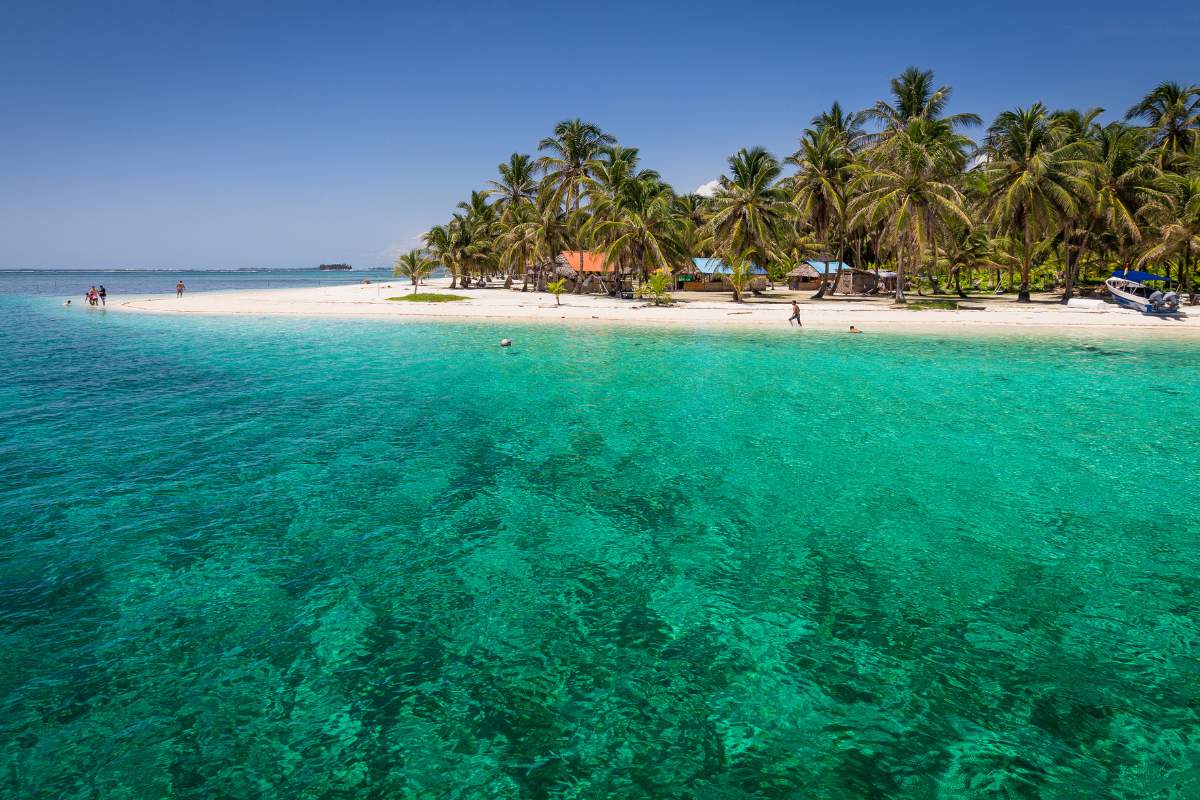
Coca-Cola Was First Sold In Panama In 1906
Panama was the first country beyond the United States to sell Coca-Cola, with the first shipment imported to Panama in 1906. The first bottling plant opened in Panama City in 1919, where Panama (along with Cuba) became one of the first countries to operate a Coca-Cola bottling plant outside North America. In the 1960s, the Panama bottling plant was upgraded and expanded to produce more Coca-Cola products. Today, the Panama bottling plant is the largest of its kind in Central America.
Panama Weather
Panama has a hot, humid, tropical climate, with a long rainy season from May to January and a short dry season from January to May. The rainy season is between May and December, bringing an estimated 250-700 millimeters (mm) of rainfall across the country.
No Hurricanes in Panama
Panama is not directly impacted by hurricanes due to its location south of hurricane alley, Panama is rarely affected by tropical storms but the country can be impacted by heavy rains, which in the past have caused flash floods and landslides.
Watch A Sunrise…And Set
From the top of Volcán Barú, the highest point and one of three volcanoes in Panama, you can watch the sunrise over the Pacific Ocean and set on the Atlantic Ocean. In fact, this is the only country in the world where this is possible. Volcán Barú is part of the country’s largest mountain range, Cordillera Central.
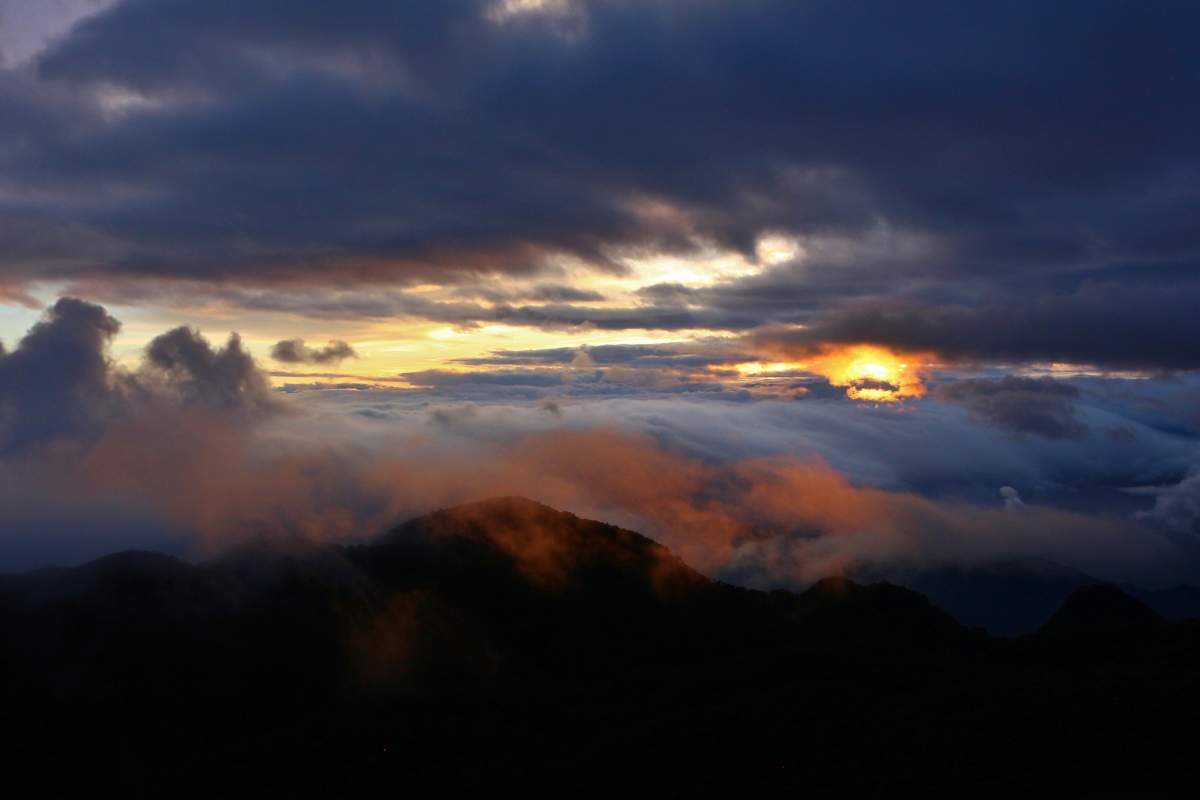
Duty-Free Goods
Panama has the second-largest duty-free zone in the world, the Colon Free Zone. The Colon Free Trade Zone is a free port in Panama dedicated to re-exporting various merchandise to Latin America and the Caribbean.
A Founding Father
Panama was among the 51 founding members of the United Nations. Additionally, this small Latin American country was also one of the 61 founding members of the World Health Organization (WHO).
Panama Hats – From Necessity To Status Symbol
Panama hats actually originated in Ecuador, not Panama, as the name suggests. Ecuadorians used traditional head coverings made of straw, but in the 16th century when the Spaniards arrived, they influenced the style of the hats to be more of the brimmed straw hats we know today. During the construction of the Panama Canal, workers wore hats as protection from the sun and heat. The Panama hat was then showcased at the World Fair in Paris in the mid-1800s, receiving worldwide attention and becoming the defining fashion accessory for the elite.
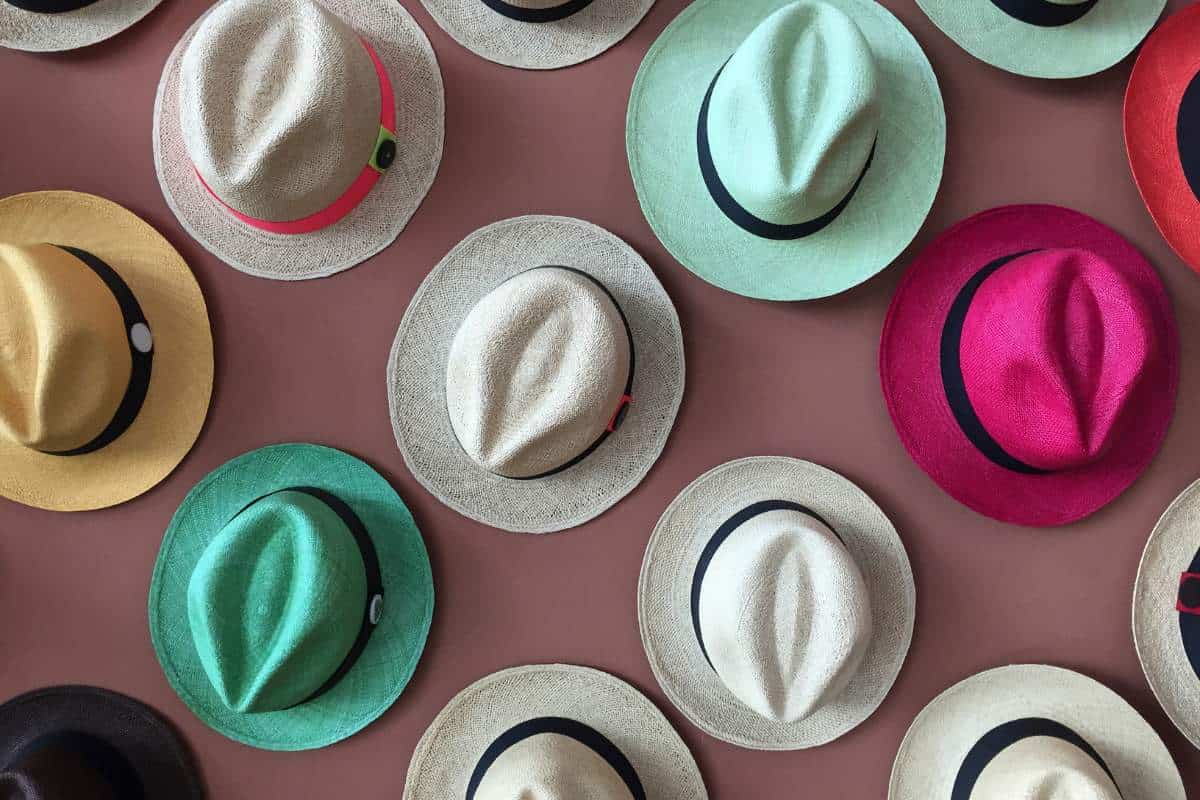
Christopher Columbus Came in Second Place
Spanish explorer Rodrigo de Bastidas was the first explorer to sail along the Caribbean coast of Panama in 1501. Christopher Columbus followed the same route just a year later.
Oldest Operating Railroad
The Panama Railroad was the most expensive (per mile) railroad ever built. It cost 8 million dollars and took 5 years to build, finally being completed in 1855. The railway line was designed to connect the Atlantic and Pacific oceans, stretching almost 50 miles across the isthmus of Panama from Colón to Balboa (near Panama City). Without the Panama Railroad, the Panama Canal would have been an impossible feat to build. It is still in use and is one of the oldest continually operating railroads in the world.
Panama Canal Facts
~ The Panama Canal is one of the world’s most important waterways, connecting the Pacific and Atlantic Oceans. It is used by over 10,000 ships each year, is a vital part of international trade, and is considered one of the seven modern world wonders.
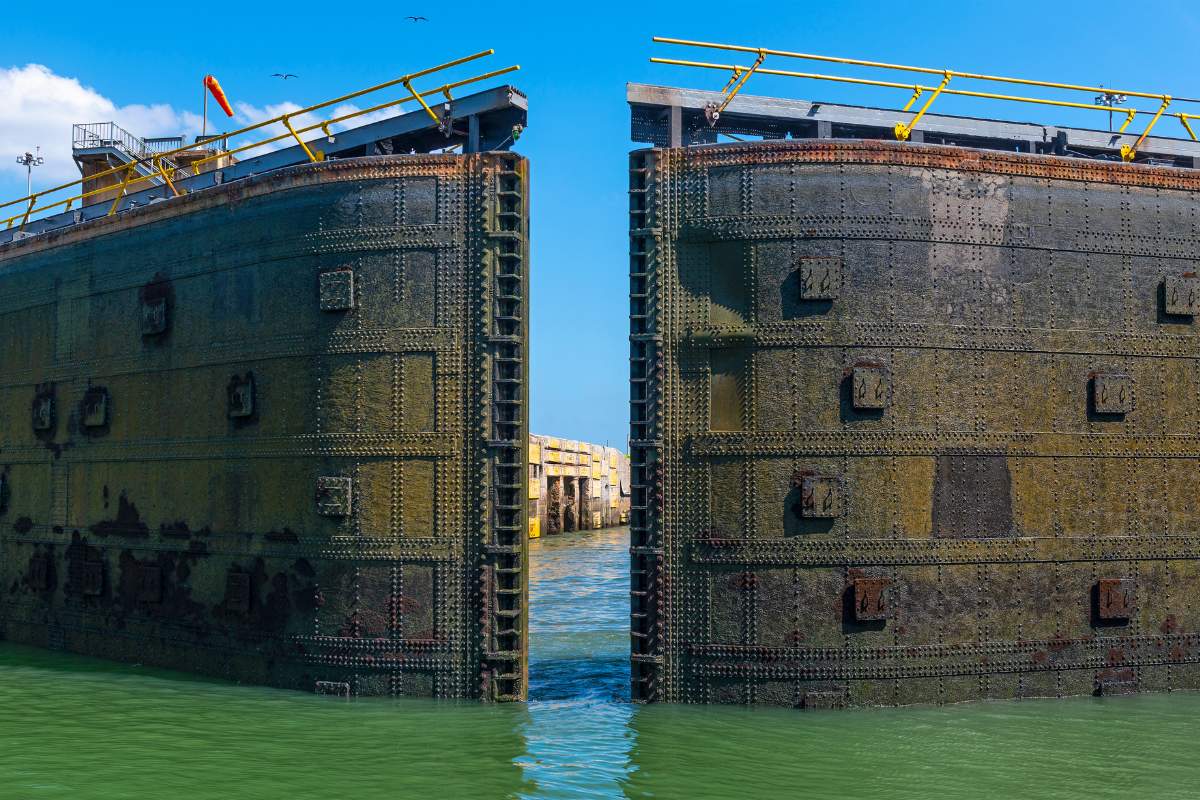
~ Richard Halliburton crossed the Panama Canal swimming in 1928, but he still couldn’t avoid the toll fees and had to pay a toll of $0.36.
~ There is a toll to use the Panama Canal that is based on the size and type of vessel, as well as what the cargo is. The highest toll recorded was in 2010 by the Norwegian pearl cruise ship. They had to pay a hefty $376,000!
~ United States Senator John McCain was born in Panama! He is still an American citizen though since he was born in the Panama Canal Zone, an area that at the time was considered U.S. territory.
~ The idea for a canal across Panama dates back to the 16th century! But for the time, surveyors decided that the construction of a ship canal was impossible.
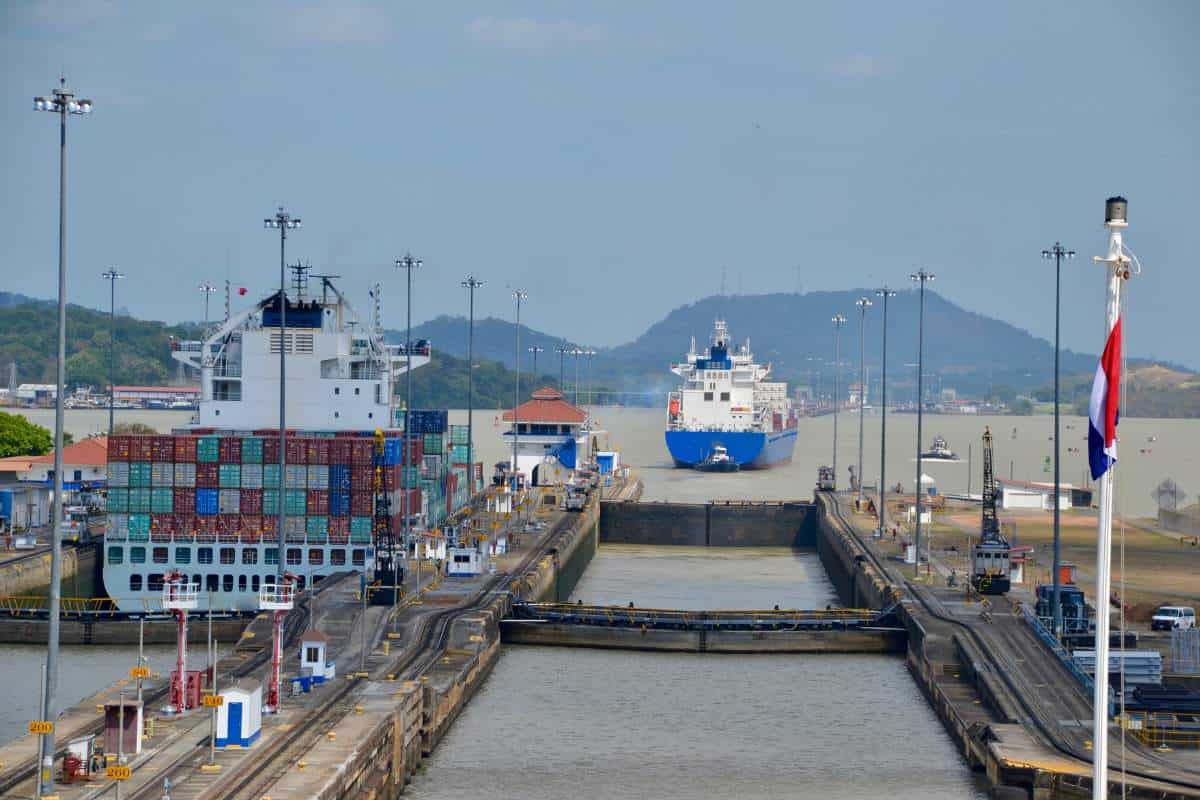
~ The Hay-Bunau-Varilla Treaty, negotiated by Theodore Roosevelt, gave the U.S. government control of the Panama Canal Zone. Work on the canal under U.S. supervision began in 1904, and the Panama Canal was completed in 1914.
~ If we account for both the French and American efforts to build the Panama Canal, more than 25,000 workers died during the canal’s construction. A vast majority of deaths can now be attributed to yellow fever and malaria, although at the time, the connection between mosquitos and these diseases was not yet known. Preventative measures were implemented in the early 20th century, allowing them to significantly reduce the number of deaths among canal workers.
~ The United States exercised jurisdictional rights and held control of the Canal Zone for many decades. It wasn’t until a treaty was signed in 1999 that Panama gained control over the Panama Canal.
~ A ship called Ancon was the very first cargo ship to navigate through the Panama Canal. It did so on August 15, 1914.
Now that you’ve read the whole post get ready to test your knowledge in our quiz about fun facts about Panama!
[adinserter name=”Block 1″]

